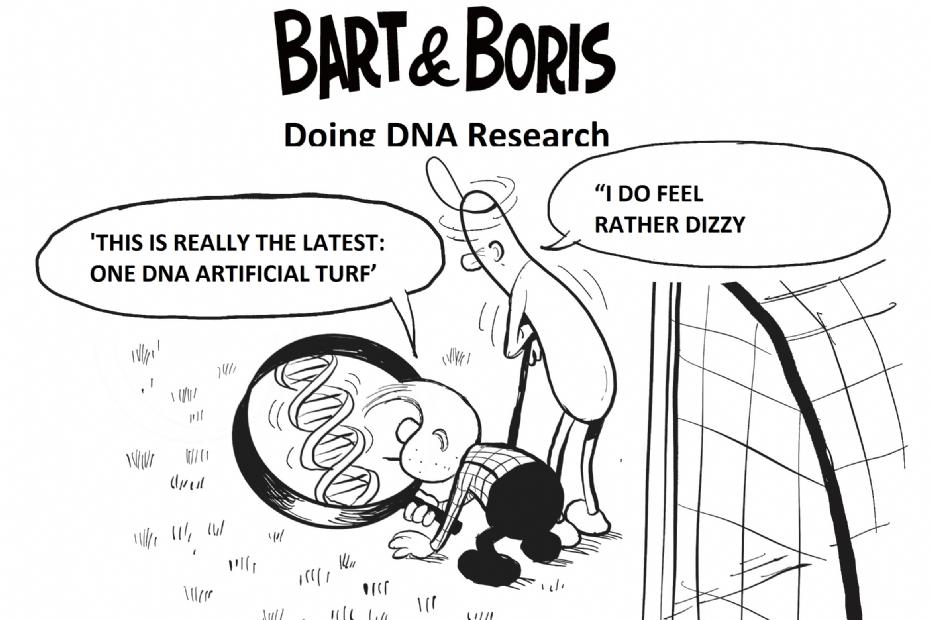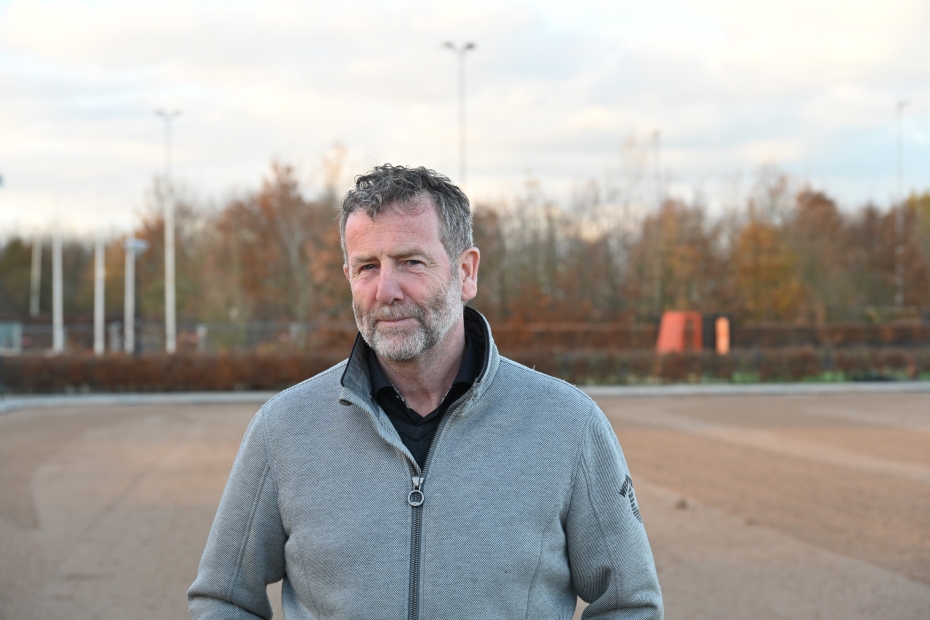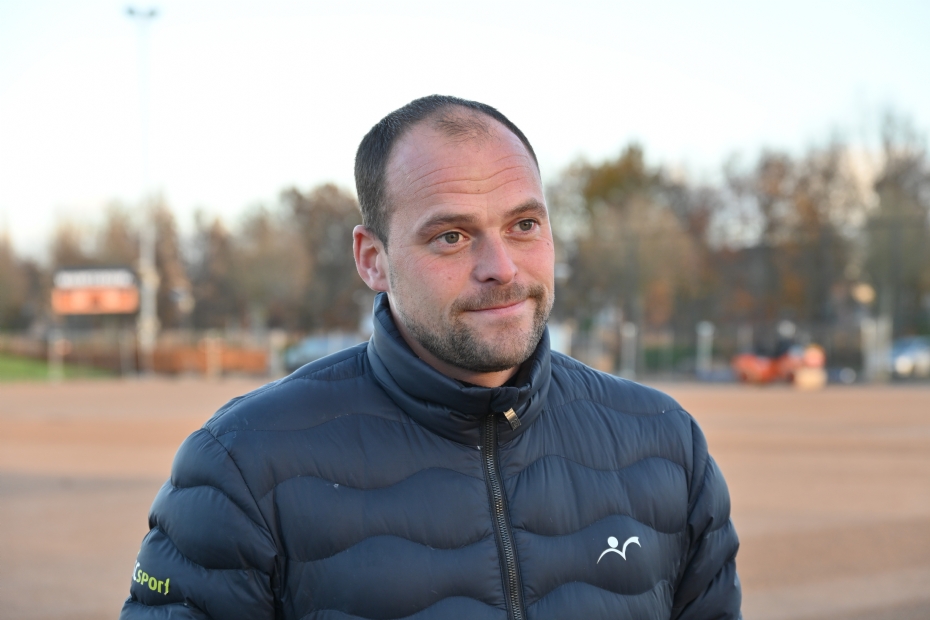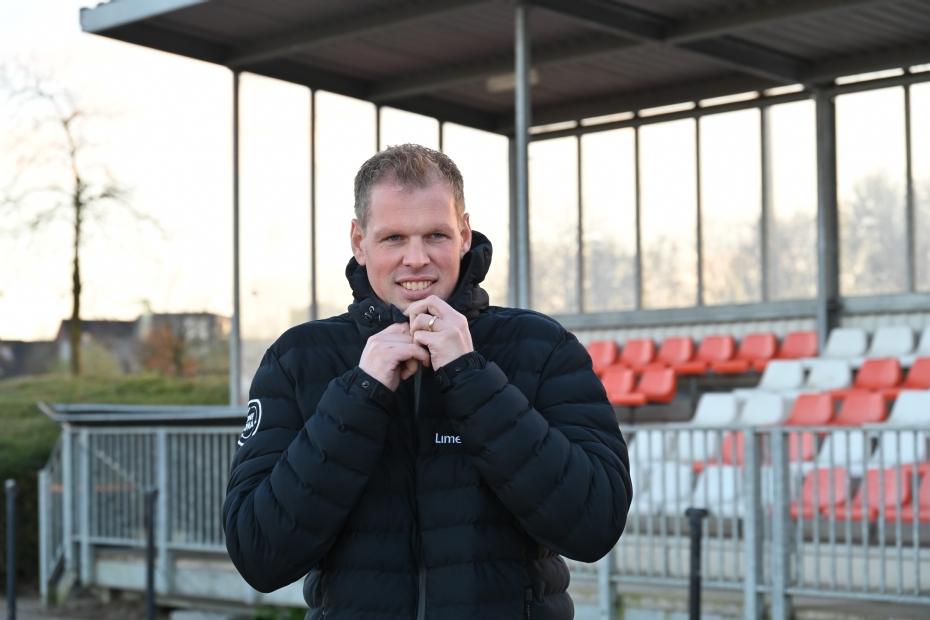Artificial turf field made from a single polymer: next step in making synthetic turf more sustainable |
|
|
|
|
 |
| 215 sec |
'There is confidence in the product and techniques; only the scale still brings some suspense'
André Ceelen from CSC Sport hopes the introduction of the world's first full ONE-DNA football field marks a major innovative breakthrough. It concerns an artificial sports turf in which the entire mat is made from a single polymer. The first two fields have now been built in Utrecht, at the sports clubs DESTO and Zwaluwen Utrecht 1911. In the tender issued by project manager Marcel Bouwmeester, additional innovations were requested for these two Utrecht artificial turf pitches, alongside the ONE-DNA concept.
 |
The idea of producing an artificial turf mat from a single polymer is anything but new. In the editorial archives of Fieldmanager, we found an email more than ten years old from Lankhorst in Sneek, which was planning to bring such a product to market. Emphasis on "planning", because there is a big difference between a spontaneous brainwave and the actual engineering and production of an artificial turf mat made from a single polymer. That achievement can be credited to the TenCate Grass-affiliated company LimeGreen ONE-DNA in Lichtenvoorde. LimeGreen, led by Jasper Eppingbroek, introduced a ONE-DNA artificial turf mat in February 2022 for landscaping and multi-sport applications. This mat is made from a single polymer, namely polyethylene (PE). So far, the mats produced by LimeGreen ONE-DNA have mainly been intended for the landscaping market and smaller multi-use sports fields. However, using such a mat for full-size sports fields is a whole different story.
 | | André Ceelen CSC SPORT |
|
|
|
|
In a ONE-DNA field, the artificial turf rolls must be bonded together. PU glue cannot be used; therefore, a tape made from 100 percent PE was developed.
| |
|
 | | Stefan Oelderik, CSC Sport |
|
|
Bonding the seams
Stefan Oelderik, site manager at CSC Sport, was involved in the construction of the two fields in Utrecht. He explains: 'In a backyard, it's just a few meters of seams to bond, but on a full football pitch, it's hundreds of meters. That's a whole different game.' One of the challenges with a ONE-DNA field is that the artificial turf rolls need to be joined. Normally, this is done with PU glue, but that's not an option with an all-PE field. That's why a bonding tape made from 100 percent PE was developed. Eppingbroek explains: 'We know this tape works well because we've tested it extensively. At the same time, it's a bit tense in this project, because we're working in the middle of winter, potentially dealing with extreme weather. Low temperatures won't be a problem, but excessive rainfall certainly makes it more challenging.' André Ceelen of CSC Sport adds: 'We trust the product and the techniques; it's only the scale that still makes it exciting.'
|
|
'Right now, artificial turf mats can only be recycled by a limited number of specialists and at relatively high cost'
| |
|
Critical point: the backing
Ceelen: 'The ONE-DNA field is especially critical when it comes to the backing. A field with traditional latex backing is stiffer than a ONE-DNA field. That makes installation more difficult.'
 | | Jasper Eppingbroek, Lime Green ONE DNA |
|
|
Environmental impact
All new constructions currently on the market - both the 2024 frontrunner, the mineral infill field by Tarkett, and CSC Sport's ONE-DNA field - respond to the prevailing trend in the synthetic turf industry to reduce environmental impact. Mineral infill does this by phasing out polymer-based infill; ONE-DNA does it by making turf mats more recyclable. Right now, synthetic turf mats can only be recycled by a limited number of specialists and at relatively high cost. Eppingbroek's ideal is that one day, worn-out ONE-DNA turf will have value - that people will pay for it, instead of paying to dispose of it. Whether that's realistic in the current market is uncertain. Over the past year, more than ten Dutch recycling companies have gone bankrupt, mainly due to the influx of cheap plastic recyclates from the Far East. Eppingbroek acknowledges: 'The value of old turf fields depends on market developments beyond our control, but that's no reason for us not to continue on this path.' Utrecht's municipal project manager Bouwmeester agrees wholeheartedly: 'I estimate I currently pay 3 euros per meter to dispose of an old mat. If in the future these mats are taken away at no cost, that alone means a gain of 9,000 meters times 3 euros.' Additionally, the Utrecht fields are traditionally built, filled with sand and TPE.
Water
ONE-DNA - project manager Bouwmeester prefers the term "single polymer" - is just one of the innovations applied at the DESTO and Zwaluwen Utrecht 1911 fields. The two Utrecht fields replace existing natural grass fields. These were excavated to a depth of around 35 centimeters and lined with a watertight membrane. Inside this watertight basin, a 25 cm-thick layer of grauwacke was laid. This was covered with a water-permeable separation fabric, on top of which a second, 8 cm-thick layer of 0-16 grauwacke was added. On top of that lies a 14 mm-thick water-absorbing Re-Bounce shock pad from Recticel. According to Bouwmeester, this shock pad serves two purposes: improving the functional sports characteristics of the field and counteracting the urban heat effect. Bouwmeester: 'We specifically chose this shock pad for its unique water-retaining properties.'
'We've used this shock pad, which weighs 350 grams per square meter, before and measured that the temperature is up to 10 degrees lower compared to a traditional, TPE-filled artificial turf mat.' Bouwmeester illustrates this by showing a piece of the pad, which functions like a sponge and can absorb up to 5 liters of water per square meter. 'In this way, we can store over 40 cubic meters of additional water in the shock pad on top of the grauwacke buffer, which can be used to cool the field.'
Tendering
The municipality of Utrecht emphasized reducing the number of different polymers in the field during the tendering process. Forty percent of the evaluation was based on the proposed approach and how it improved recyclability by minimizing the number of polymers used. It was a tendering process based on BPKV (best price-quality ratio).
Cooling
The pilot in Utrecht is not a stand-alone project. Amsterdam is also working on cooler artificial turf fields, for example through the use of capillary cones from Permavoid.
|
Marcel Bouwmeester
At the time of this article's publication, Marcel Bouwmeester no longer works for the municipality of Utrecht. As of 1 January 2025, he will be employed by the Rijksvastgoedbedrijf as a senior advisor for sports and training facilities. Project manager Stefan Beerepoot has taken over the project's completion.
|
| Lankhorst Recycling Produ... | |
| |
| LOG IN
with your email address to respond.
|
|
|
| There are no comments yet. |
|
| |
Anyone can place small ads for free through their own account.
Place a free ad
|
|
|
|